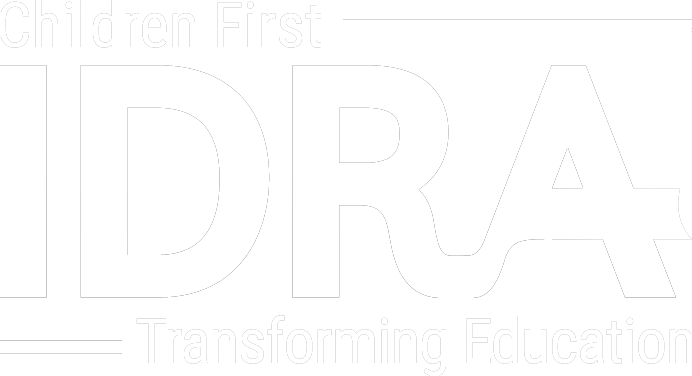• By Mikayla Arciaga, M.A.Ed. May 8, 2025 •
Education funding was at the forefront of conversations about schools this legislative session. Debates about the Georgia Promise Scholarship Voucher Program, charter school expansion, and school safety took up a significant amount of oxygen.
Meanwhile, a small bipartisan contingency renewed a conversation about the long-needed modernization of the Quality Basic Education formula and the call to invest in schools educating students of limited socioeconomic status.
The Georgia Assembly is constitutionally mandated to pass its budget in 40 legislative days. There is always debate around the budget, and this year the House and the Governor were in step on most line items, while the Senate was opposed to many of their recommendations.
This dynamic meant that the budget process came down to the wire, with whispers of an extended session plaguing both chambers as late as the morning of Legislative Day 40.
As always, education was a hot topic for debate. One such item was the creation of the first dedicated funding from the state to educate students living in poverty in Georgia, referred to as opportunity funding. The House recommended $28 million for this purpose.
Additionally, there was an almost $20 million allotment for mental health support grants. Both items are aligned with IDRA’s recommendations for investing in evidence-based policies to make schools safer.
Additionally, the House made conservative allocations into the new education savings account (ESA) voucher, choosing not to spend the full amount available to the program.
The Senate, on the other hand, cut the entirety of the opportunity funding, fully funded the ESA voucher to the tune of $141 million, and reallocated the mental health support funding into school security sub-grants that can be used for security personnel or technology. IDRA and many other advocates criticized these changes, particularly the conflation of school hardening with mental health support.
Ultimately, the chambers found a middle ground. The ESA voucher remained at $141 million, mental health support grants were restored, and the opportunity funding was funded at $15 million.
Depending on the measure for poverty, this allocation comes to roughly $13 per child, representing a step forward in our advocacy. We will continue to advocate for legislation to codify this investment and protect it from shifting political tides.
Other investments of note included a new $18.5 million allocation for literacy coaches to support the legislature’s investment in literacy and a $113 million cut to equalization grants that help balance revenue gaps between districts with less economic resources and their wealthier neighbors.
The top allocations to know for the 2026 fiscal year are the following.
- Total State Appropriation: $37.7 billion
- Department of Education: $13.6 billion
- Quality Basic Education Formula: $14.7 billion
- Department of Early Care and Learning: $640 million
- University System of Georgia: $3.6 billion
- Technical College System: $538 million
- Total education spending: $19.8 billion, approximately 53% of the total state fund
- Total state reserves: $18.9 billion
- Voucher spending (sum of all three voucher programs): ~$300 million
IDRA and our partners will continue to work towards fair and equitable funding for all of Georgia’s public schools, and oppose expansions of new and existing voucher programs.
Mikayla Arciaga, M.A.Ed., is IDRA’s Georgia advocacy director and Education Policy Fellows coordinator. Comments and questions may be directed to her via e-mail at mikayla.arciaga@idra.org.



